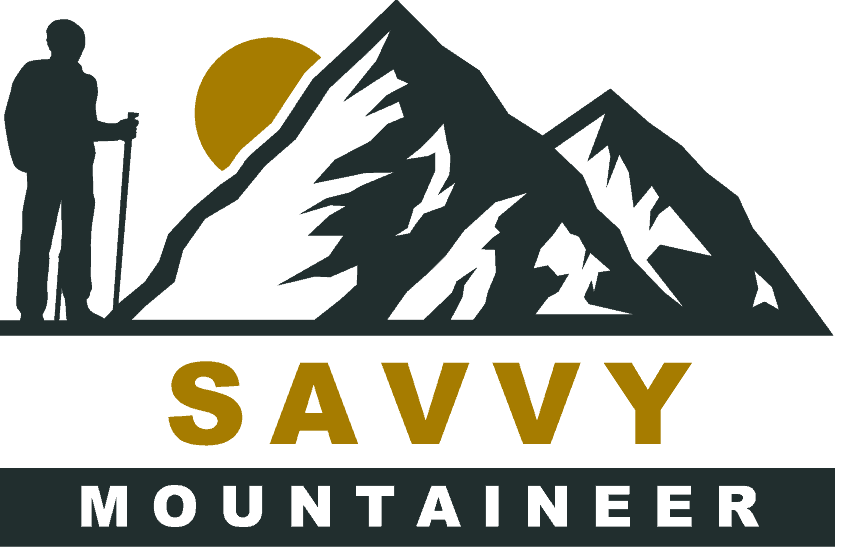Essential Tips: How to Choose a Climbing Helmet
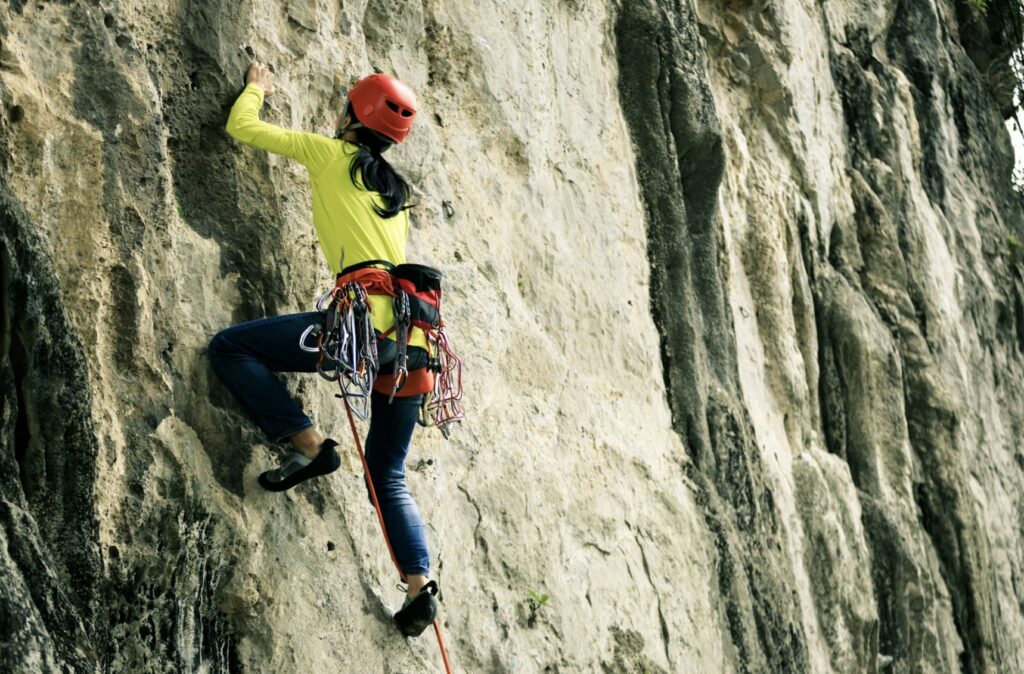
How to Choose a Climbing Helmet can be an uphill battle.
You might think it’s just about picking one that fits… but there’s so much more to consider.
Navigating through foam technologies, hardshell helmets, and even women-specific models – It’s like trying to scale the Everest of gear choices!
This is what separates the casual climber from the safety-conscious mountaineer. But if you don’t know how to choose a climbing helmet effectively, you’ll never reach this level of safety awareness.
Understanding Climbing Helmet Technologies
Climbing helmets have come a long way, thanks to innovative technologies.
The modern climber has access to advanced safety gear that was unimaginable just a few decades ago.
Introduction to Foam Technologies in Climbing Helmets
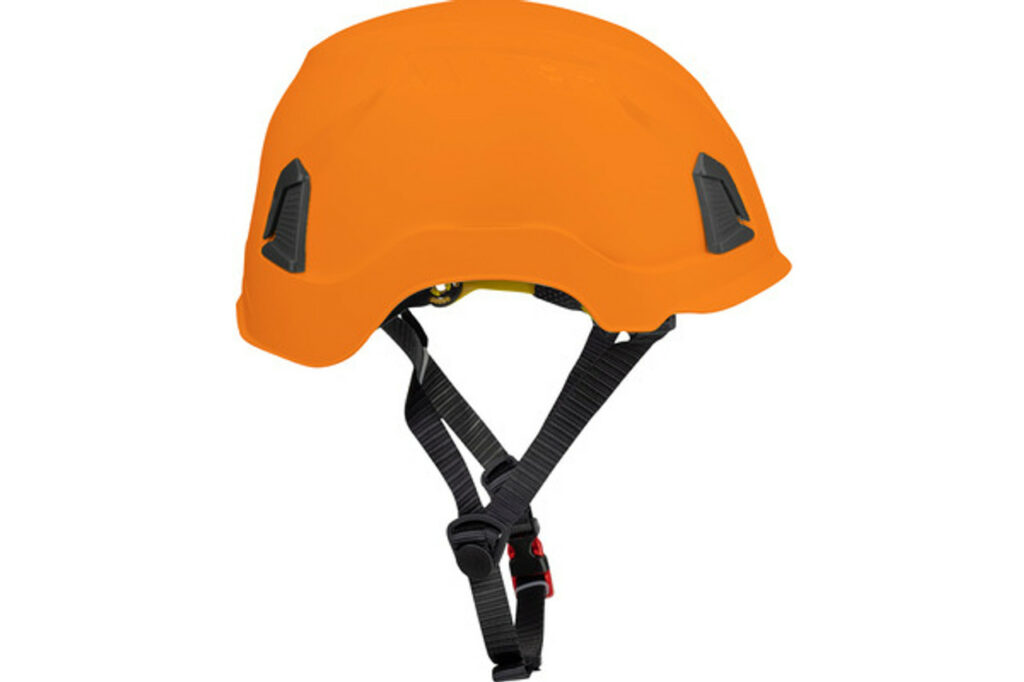
New foam technology is one such innovation transforming the climbing helmet landscape.
- Two kinds of foam usually employed in today’s climbing helmets are EPP (Expanded Polypropylene) and EPS (Extended Polystyrene).
- EPP is durable and retains its protective properties even after multiple impacts.
- EPS on the other hand, provides excellent shock absorption but can only withstand one major impact before it needs replacing.
Benefits of Using Advanced Foam Technology
- Foam helmets provide superior protection from falling debris compared to traditional hardshell models due their ability absorb more energy upon impact.
- The lightweight nature of foam makes for comfortable wear during extended climbs without compromising on safety.
These advancements make your ascents safer while enhancing comfort levels – an essential aspect when you’re hanging off cliff faces or scaling mountain peaks.
As we delve deeper into our exploration of climbing helmet technologies, let’s not forget about another key player: Hardshell helmets. Stay tuned as we guide you through how best inspect them before use in our next section.
Hardshell Helmets Inspection Guide
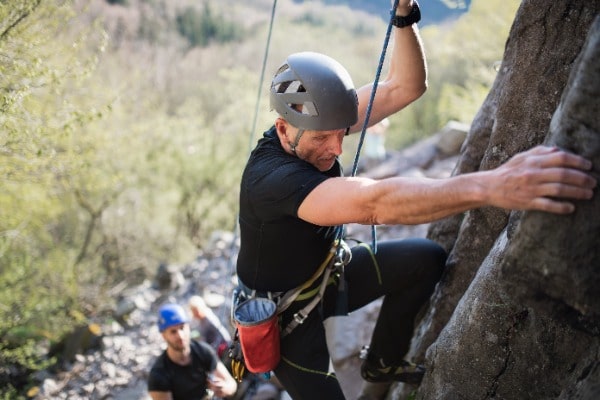
The world of climbing gear is vast and varied, but one piece remains crucial: the hard shell helmet.
Made from robust ABS plastic, these helmets offer significant protection when you’re scaling those heights.
Key Features of Hardshell Climbing Helmets
Key Features of Hardshell Climbing Helmets
This model combines a rigid outer shell with an inner foam lining for optimal safety.
- Durability: The hard ABS plastic shell withstands impacts effectively while protecting your head form against falling debris during alpine or ice climbing adventures.
- Foam Lining: This feature enhances comfort without compromising on safety – making it perfect for long climbs where a comfortable helmet can make all the difference.
- Ventilation: Unlike lighter helmets like skiing ones which prioritize weight reduction over ventilation, this design includes generous venting to keep climbers cool even under strenuous conditions.
How To Inspect Your Hardshell Helmet Before Use
- Your first step should be checking that your chin strap functions correctly – ensure it’s neither too loose nor too tight around your jawline; remember that good fit ensures proper function.
- If there are any visible signs of damage such as cracks or dents in either the external hard-shell or internal foam layer- retire them immediately. Remember, no climb is worth risking severe injury due to faulty equipment.
- You must also inspect its interior padding – worn-out pads may compromise not only comfort but also shock absorption capabilities during falls. Lastly always check if magnetic buckle (if present) works properly because they provide quick fastening and release mechanism ensuring ease-of-use along with security.
- Remember each time before you’re heading out on a new adventure whether it’s ski mountaineering or just a regular rock-climbing trip, take a few minutes off to do a thorough inspection so as to enjoy a safe journey up above.
Key Takeaway
When it comes to climbing gear, the hard shell helmet is a must-have. The Black Diamond Half Dome Helmet stands out in this category with its durable ABS plastic shell and comfortable foam lining. Before using your helmet, make sure the chin strap fits properly and check for any signs of damage or worn-out padding. Safety should always come first when embarking on an adventure.
Women’s Specific Climbing Helmets
Realizing that a single size cannot be suitable for everyone, various makers have improved their offerings by creating women-specific climbing helmets.
Recognizing this, many manufacturers have stepped up their game by producing women-specific versions of their climbing helmets.
Advantages Of Women-Specific Climbing Helmets
The advantages are numerous and impactful.
To start with, these helmets often offer a better fit for female climbers due to design modifications that take into account differences in head shape and hair management needs. An authority on outdoor equipment reviews confirms this.
- A more precise fit means improved comfort during long climbs,
- Better ventilation can help keep you cool under strenuous conditions,
Another key advantage is weight reduction – every ounce matters when you’re scaling heights.
Reviewing Petzl’s Borea Model
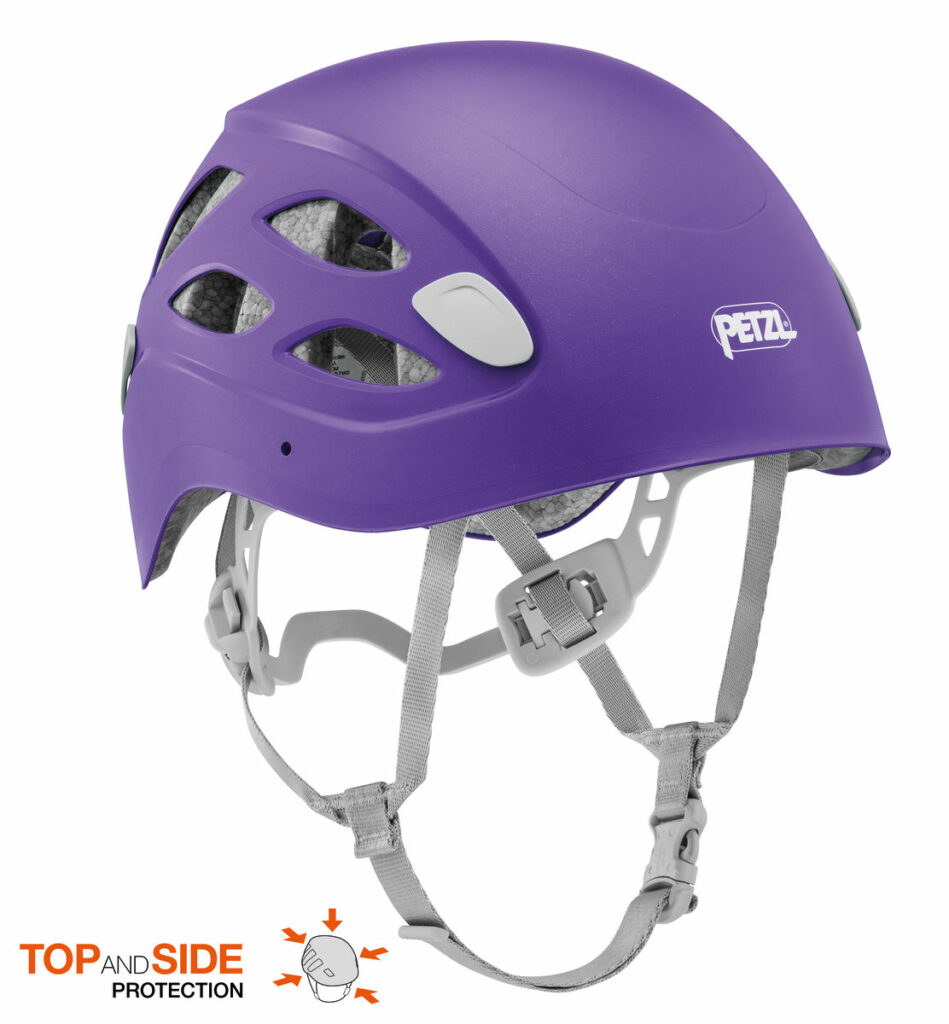
Petzl stands out among brands catering specifically to women climbers. Introducing the BOREA helmet – specially designed with a ponytail-friendly headband for all your adventurous pursuits! This helmet boasts a durable and protective design, making it perfect for climbing, via ferrata, canyoning, and caving. Its thick shell offers top-notch resistance against impacts and scuffs. What’s more, the innovative design provides extensive coverage to enhance head protection, while ensuring a compact and ventilated fit for unbeatable comfort. Get ready to take on your next adventure with BOREA!
Comprehensive Buying Advice For Choosing A Climbing Helmet
From lightweight helmets to hard abs plastic shell helmet, the choices can be overwhelming.
This guide seeks to streamline the selection process for a suitable climbing helmet, by providing guidance on key considerations.
Factors To Consider When Purchasing A New Helmet
- Fitting: A well-fitted helmet should feel snug but not too tight on your head form.
Special Features
When deciding on a helmet, consider additional features that might benefit you:
- Headlamp Clips: For those venturing on multi-pitch routes or climbing in low light conditions, these are a must.
- Ventilation Holes: More ventilation can be a blessing in hot conditions, but might compromise warmth in colder weather.
- Adjustment Mechanisms: Some helmets offer dial or ratchet systems to easily adjust the fit, while others might use foam inserts for the same.
- Weight: Lighter helmets are comfortable for long climbs, but often trade-off on protection and durability.
Conclusion
So, you’ve scaled the Everest of gear choices and emerged victorious.
You now understand the ins and outs of foam technologies in climbing helmets.
The benefits? Unparalleled protection from falling debris during your climbs. Safety first!
And let’s not forget about hardshell helmets – robust protectors that require a keen eye for inspection before each use.
For our female climbers, we explored women-specific models like Petzla’s Borea Model – designed with comfort and fit in mind.
In essence, knowing how to choose a climbing helmet is no longer an uphill battle but rather an exciting journey towards safe mountaineering adventures!
Mountain Adventure Planning, your #1 stop resource for mountain adventure planning, invites you to put this knowledge into action! Equip yourself with the right climbing helmet today and elevate your safety consciousness as you embark on your next thrilling climb. Remember: Your choice can make all the difference between a casual climb or becoming a true savvy mountaineer.


Deeba & Matt
About the Authors
Intrepid content creators and relentless hiking enthusiasts. With a passion for travel and adventure, Matt & Deeba are never one to shy away from a daring challenge.
